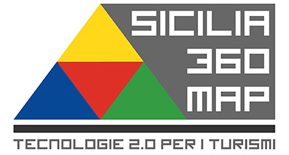Before conducting an PCR reaction or cloning experiment, or even DNA sequencing, it’s essential to have high-quality DNA which is free of contaminants such as debris, proteins and RNA. Purifying DNA is also referred to as DNA Isolation, and is a vital step in molecular biology. In this article you will be taught the fundamentals of DNA purification as well as how to optimize your DNA extraction techniques for better results.
The initial step in the DNA purification process is to prepare a solution which comprises a mixture of water and an alkaline buffer. This buffer makes DNA soluble, so it can be easily separated from other components of the sample. After the DNA has been placed in an alkaline and water solution it is treated with detergents and Chaotropics salts to break down the cell membranes and nuclei. This releases the DNA. RNase can be added into the sample to remove any DNA contamination.
The DNA is separated by organic solvents, such as chloroform or phenol from the other components of the cell like proteins and fats. After the DNA is removed from the proteins and lipids, it is able to be extracted using ethanol or isopropyl alcohol (rubbing alcohol).
The purity of the DNA can be determined by spectrophotometry or gel electrophoresis. A high-quality sample of DNA should have an absorbance ratio between 220 nm to 280 nm.
http://www.mpsciences.com/2021/04/08/different-types-of-pcr-reagents/




